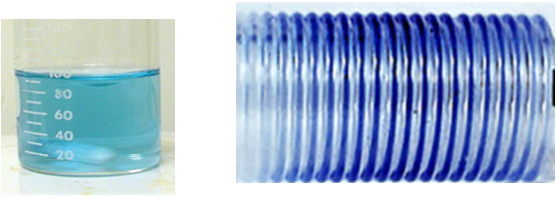The majority of measurements in chemistry and chemical analysis is performed on homogenous solutions, and with the exception of kinetic assays, at a time when chemical equilibria are reached. This, batch approach, yields the data, which transformed alchemy to scientific discipline of chemistry.
In contrast to batch method, Flow Injection techniques rely on data obtained by monitoring concentration gradients at times short of reaching chemical equilibria.
This, seemingly unresolvable disparity of batch and flow methodology brings about an interesting challenge: Is there a way to determine stability constants, dissociation constants, stoichiometric ratios, molar absorptivity or reaction rates by Flow Injection method which will perform in a batch and equilibrium mode?
The key to transmuting Flow Injection into equilibrium mode of operation is hidden in this definition: “The flow injection response is a result of two simultaneous processes both kinetic in nature: the physical process of dispersion of the sample zone within carrier stream, and the chemical process of formation of reaction products” (Ruzicka and Hansen, 1988).
The methodology of pFI in batch mode is discussed in the following sections, and is validated by determination of molar absorptivity and dissociation constant.
J. Ruzicka, E.H. Hansen “ Flow Injection Analysis” Ch.3., p87, J. Wiley & Sons New York 1988
1.5.1.
Flow Injection in Equilibrium and Batch format










